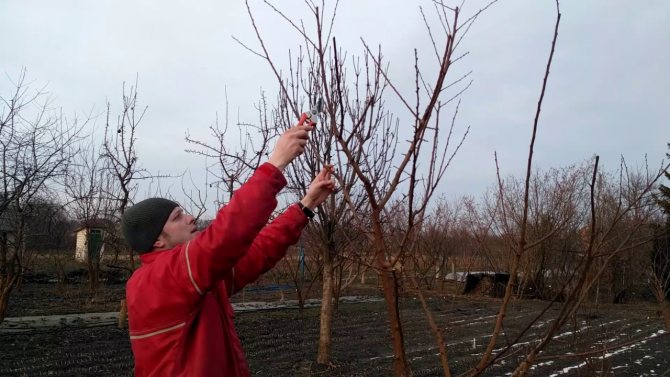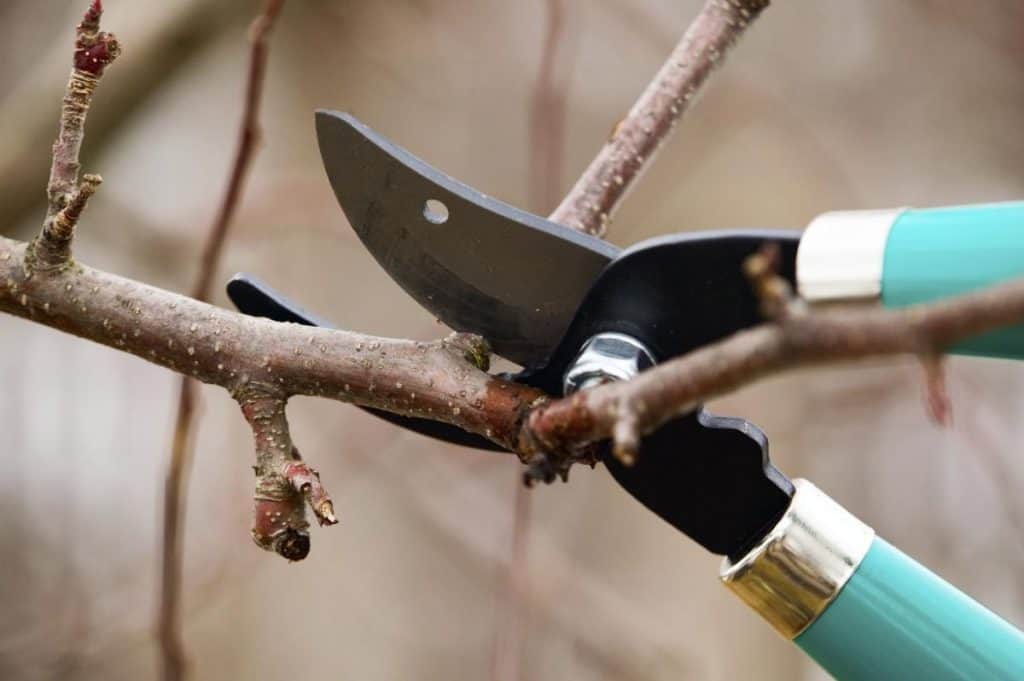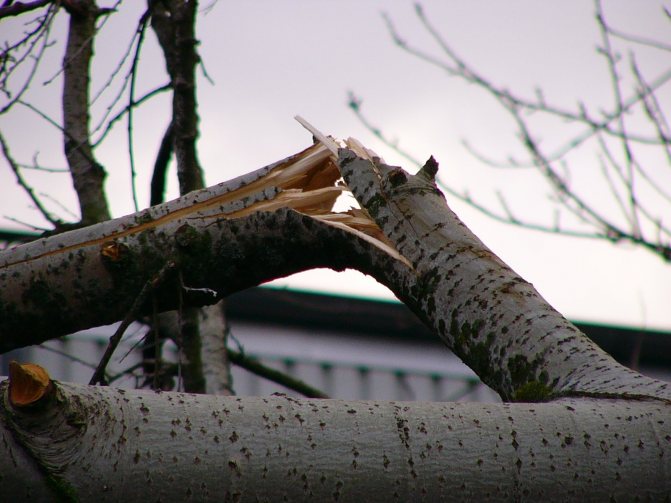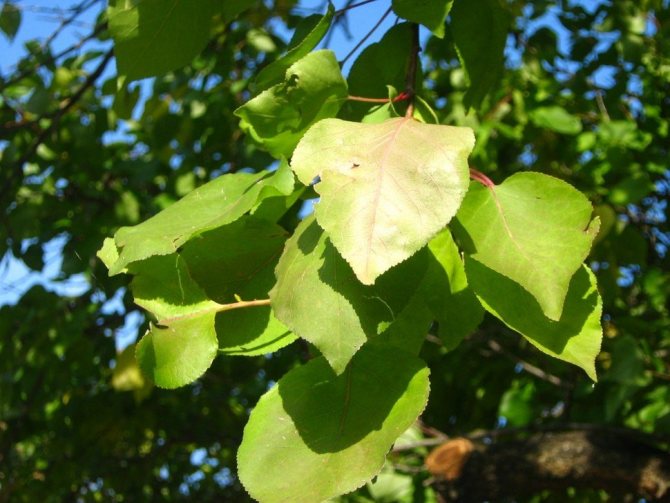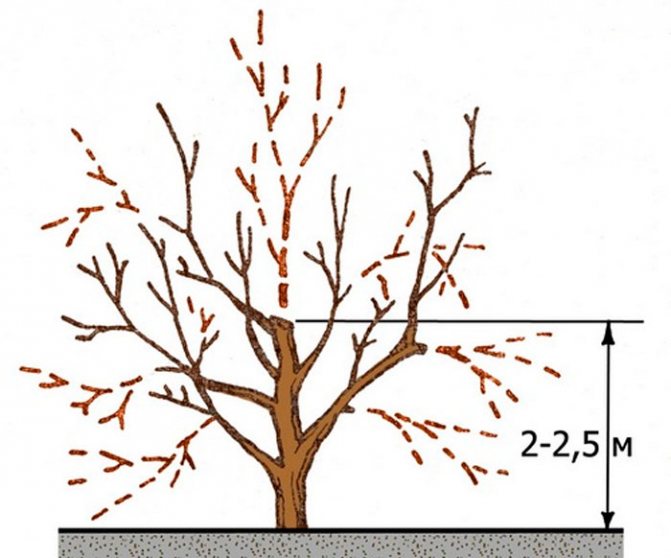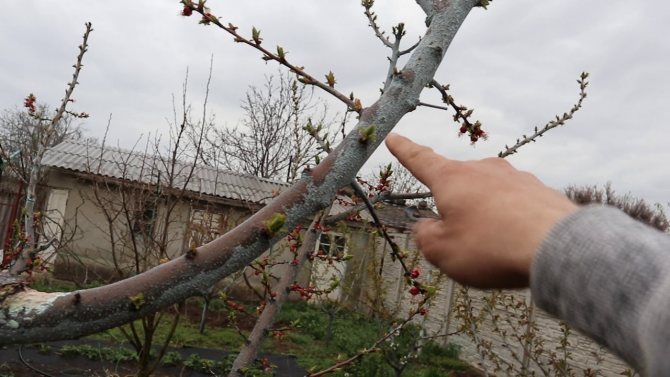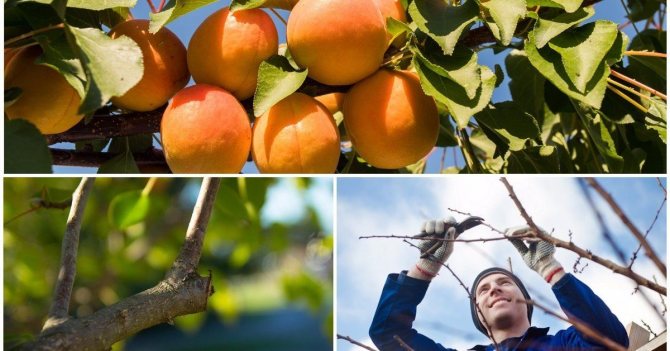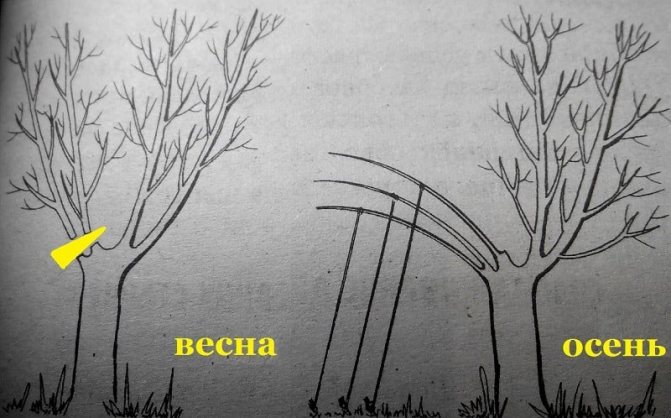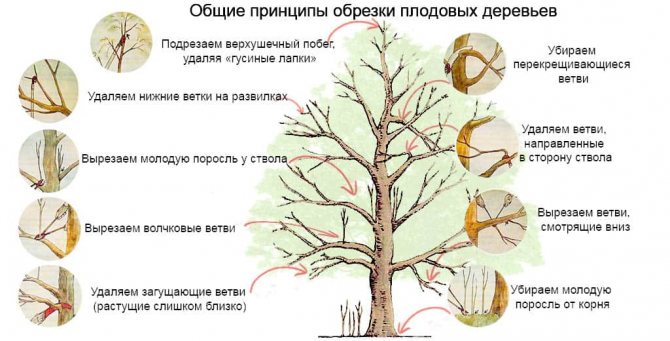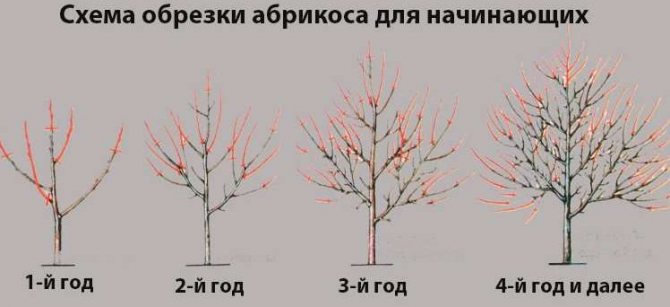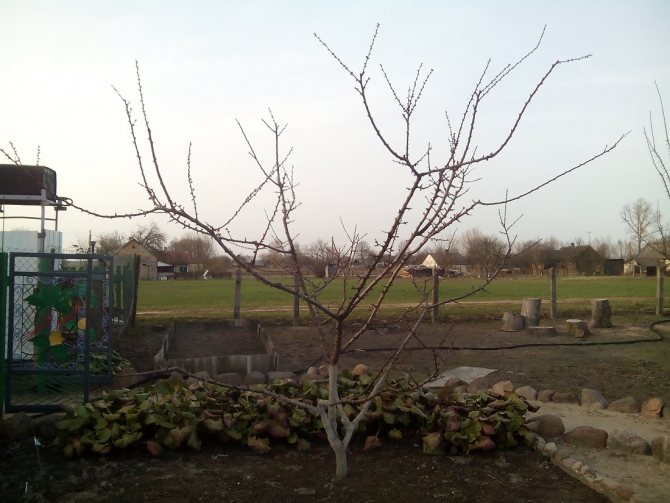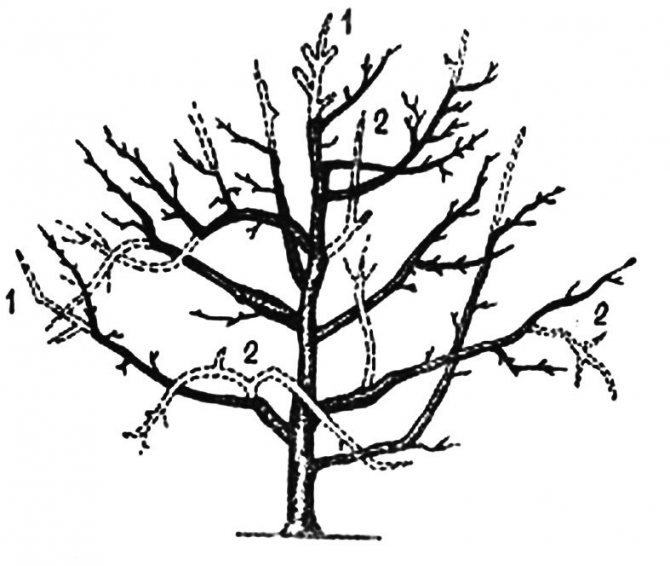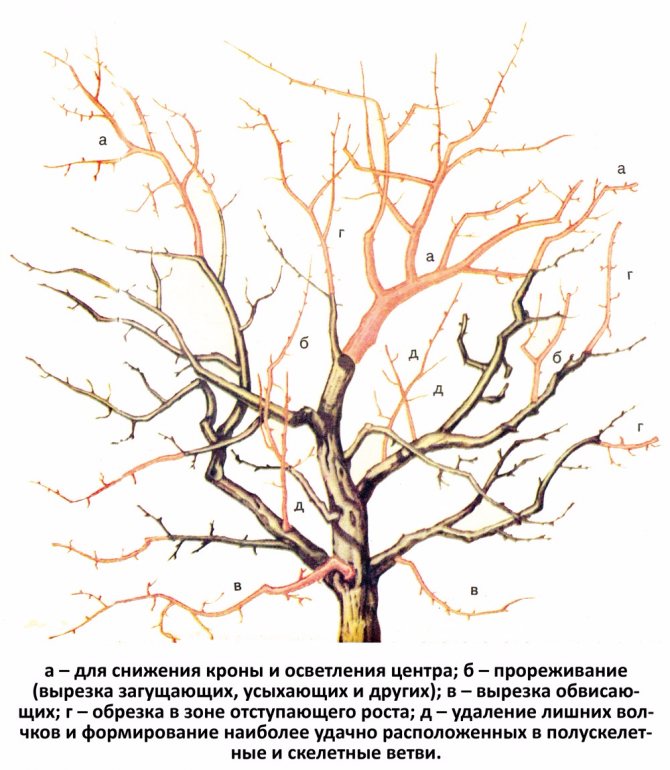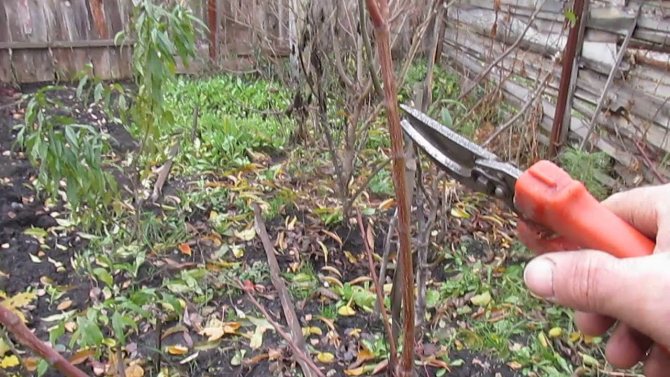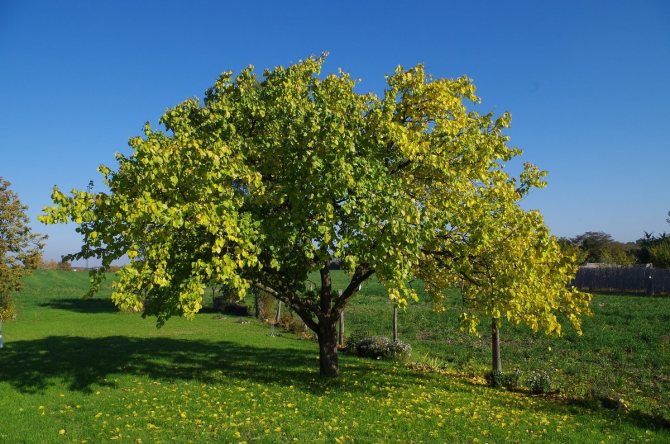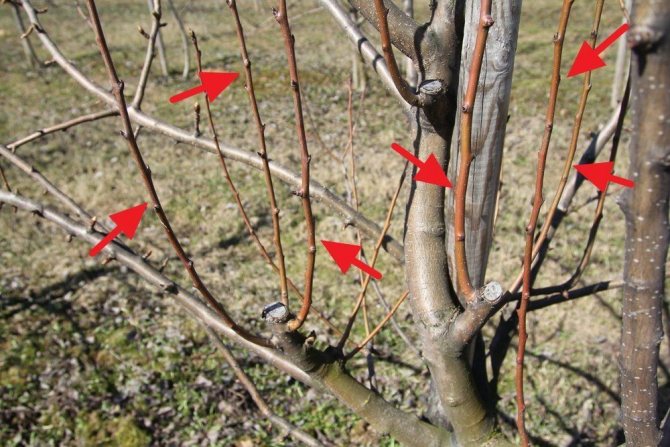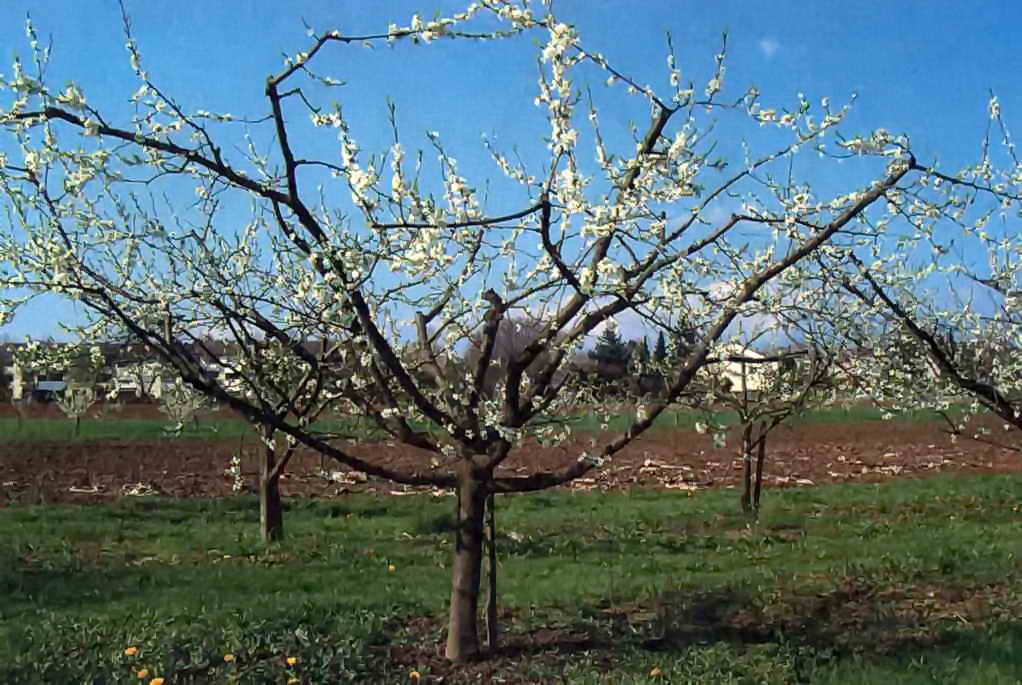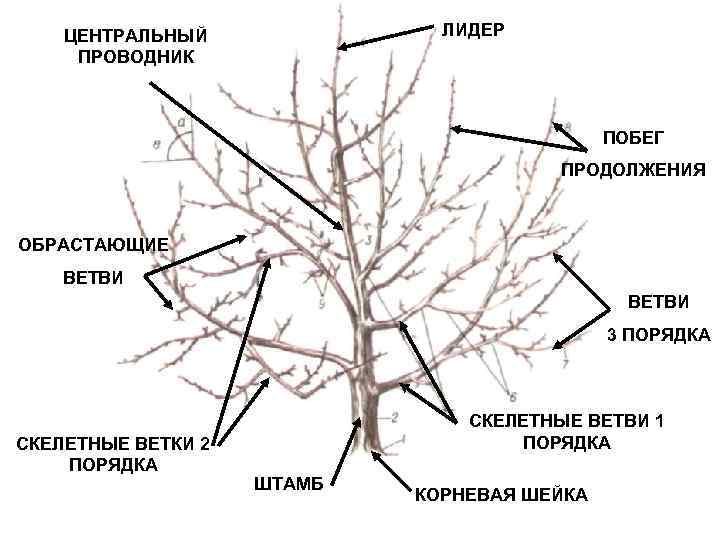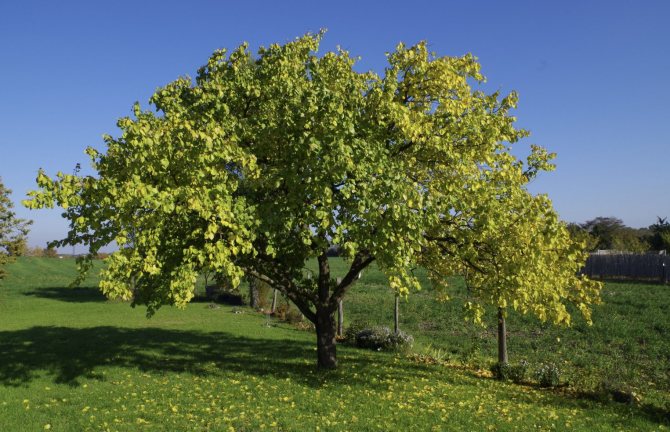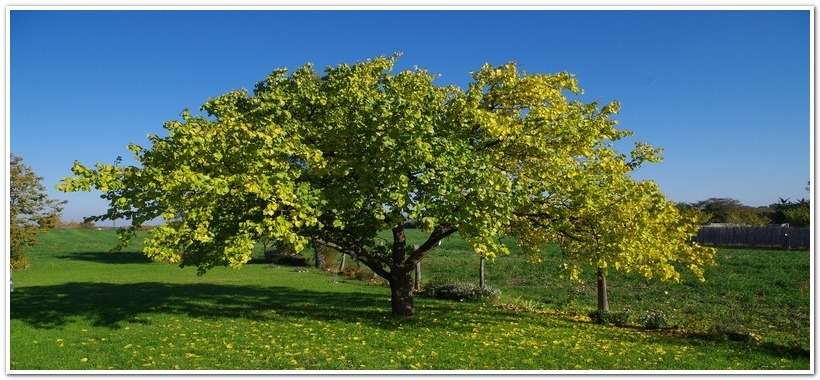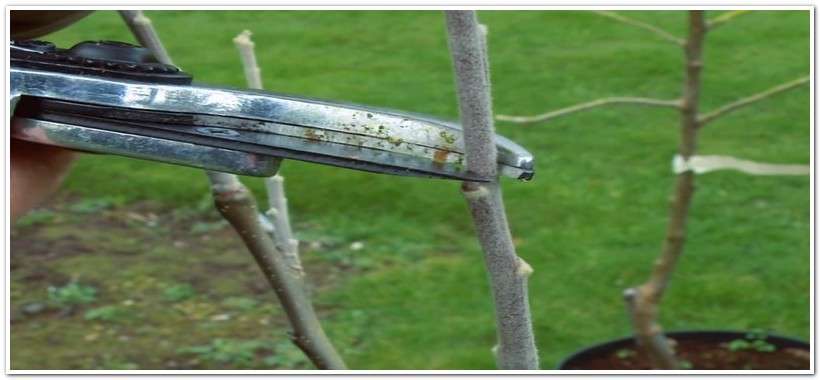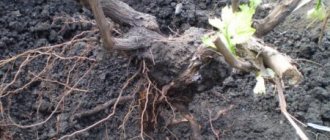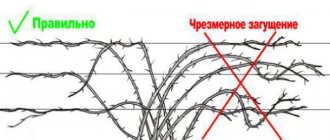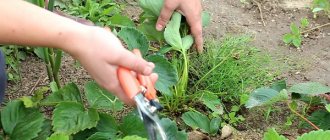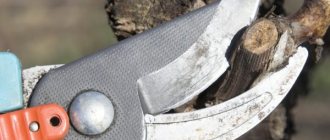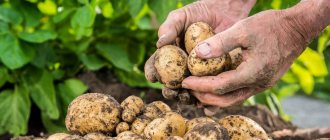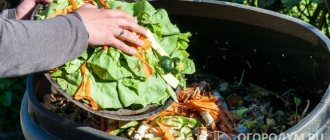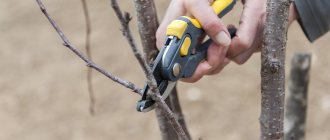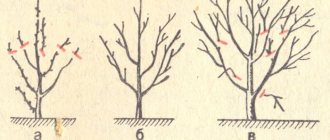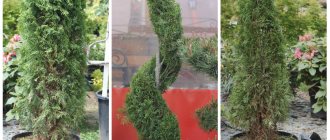I, like all gardeners, know that the apricot grows very, very actively. If nothing is done with the immoderately growing crown, fruiting suffers. Also, due to too strong growth of shoots, the apricot tree is susceptible to diseases, it can dry out and even die. To prevent them, prune regularly. How they are done correctly, below.
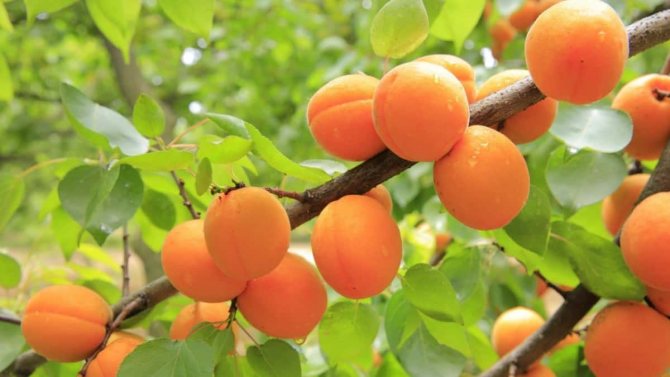
The article will discuss instructions for pruning an apricot with a video and a diagram. These works must be carried out without fail, because:
- Otherwise, a beautiful crown will not form - it will be spoiled by long, protruding shoots.
- Growth will slow down - this phenomenon is prevented by regular anti-aging pruning.
- There will be few new shoots - and if there are not enough of them, yields fall.
Also, in the absence of pruning, the fruits become small, their number decreases. Control over the ovaries on the shoots prevents overloading and, accordingly, branch breakage. After the winter, it is necessary to inspect the trees and remove the frozen shoots, which will be necessary in the conditions of the harsh Russian winters. Thus, pruning is the main means for the formation of a well-groomed crown, a guarantee of long-term good fruiting of apricots.
Features of the procedure
There are different opinions on when to prune an apricot - in spring or autumn. Experts recommend to carry out the procedure even more often - three times a year. To form a tree with the correct crown and ensure stable fruiting, unnecessary branches should be removed in early spring, in mid-summer and late autumn. It is important to understand why cropping is needed:
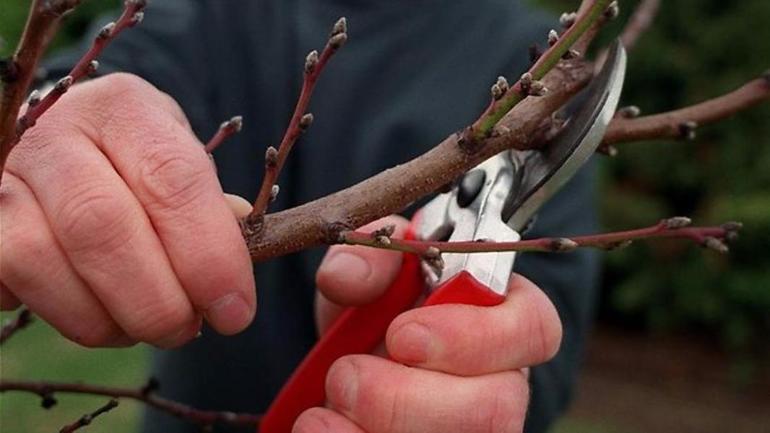

- Rejuvenation. If the crown is too thick and bears fruit abundantly, this leads to depletion and aging of the tree.
- Formation of a beautiful crown. The grower must remove branches that are too long and sticking out annually to keep the tree attractive and healthy.
- Minimizing the risk of breaking off new shoots. It is important to regulate the amount of ovary on the branches so that they do not break under the weight of the fruit.
- For sanitary purposes. Dry and affected shoots should be removed regularly.
- Increased productivity. If you do not carry out the planned pruning, then the fruits will become smaller every time. After a few years, the yield may be halved.
Helpful!
Pruning the apricot correctly in the fall will help to form the correct crown, ensure abundant fruiting and prolong the life of the tree.
When can you trim
In the conditions of central Russia, autumn pruning of apricots should not be carried out too late. The rainy and cold season can make the tree weaker, which will negatively affect its wintering. So that the wounds do not heal for too long, the air temperature during pruning should be at least 8 degrees.
The optimal period for the procedure is from 5 to 15 October. In the southern regions, apricot trees can be cut at a later date - at the end of October or even in November, and in the northern regions - in September.
It is especially important to prune in autumn in the first 5-6 years of the tree's life in order to form the correct crown. After this period, autumn pruning may be irregular - once every 2-3 years. Some gardeners only get by with spring pruning with the removal of dead branches.
Types of pruning
The key feature of apricot is that it grows rapidly and forms many generative buds. Since the crown has a strong branching, and the culture is overloaded with fruits every year, this can provoke the development of diseases and drying out of the branches. That is why it is necessary to carry out planned pruning of apricot trees in the fall. Most of all varieties of early and medium ripening need this procedure.
Depending on the season chosen, the gardener can use the following types of trimming:
- Anti-aging.
- Formative.
- Restoring.
- Regulatory.
- Sanitary.
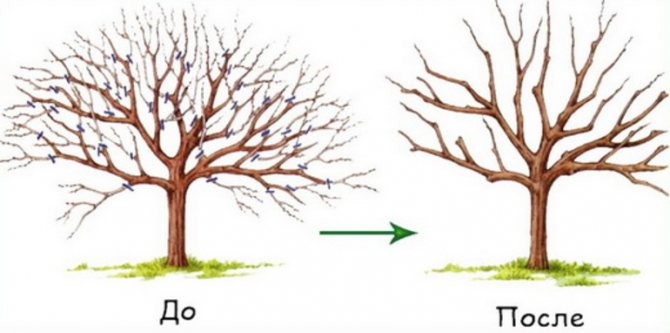

At the end of autumn, experts recommend using a rejuvenating, regulating and formative pruning of apricot. The latter option is most suitable for young trees, since a special scheme allows you to create the most suitable crown shape. The performed manipulations stimulate the active growth of new branches, so that with the arrival of heat, intensive fruiting begins.
Important!
If the gardener decides to leave the crown in its original form, then in the summer he will not be able to get a bountiful harvest of juicy apricots. Over time, the fruits will not only begin to shrink, but will also lose their presentation and taste.
It is better to postpone formative pruning until the second or third year, when the plant begins a transitional cycle (before the beginning of fruiting). All this time, the gardener can only shorten those branches that grow inward and strongly thicken the crown, which prevents the penetration of direct sunlight.
When the tree is beginning to bear fruit, you can start regulating pruning. The main task of this procedure is to maintain an optimal physiological balance between shoot growth and yield.
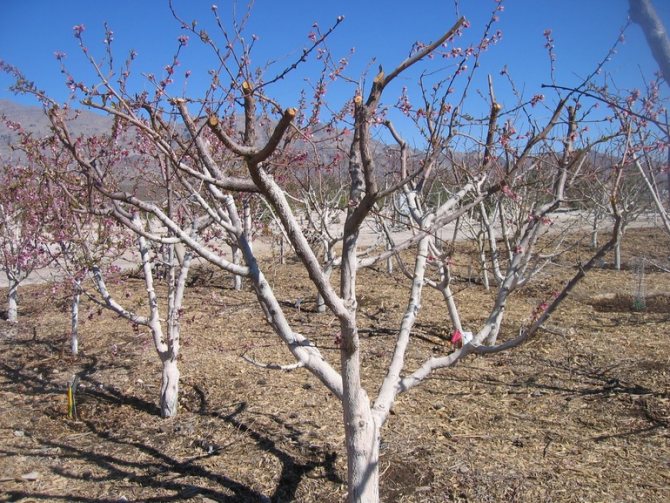

Rejuvenation is only worthwhile for mature trees in which the growth of new shoots has deteriorated (they grow by a maximum of 20 cm per year). After this procedure, you can see more intensive growth of old branches and the formation of new branches. In addition, the apricot will acquire good resistance to seasonal temperature changes.
If the gardener noticed any pests on the tree or the defeat of the branch by bacteria, then only sanitary pruning can save the culture - the complete removal of all diseased shoots. The tree is necessarily processed with special compounds that kill pests and eliminate diseases.
Autumn pruning of apricot allows you to prepare the plant for frost and increase its yield for the next year. It is worth removing unnecessary shoots in a complex way, combining all types of autumn pruning. If, after the postponed manipulations, the apricot will tolerate winter frosts well, then it will not need restorative treatment with the onset of spring.
Description
Apricot as a cultivated plant in our country grows in the south and east. It belongs to stone fruit crops and is a fast-growing light-loving tree. Begins to grow profusely and lay generative buds one year after planting. Their high early maturity ensures that the apricot grows in two to three waves during one season. At a young age, the tree has a strong shoot-forming ability, which weakens as it grows.
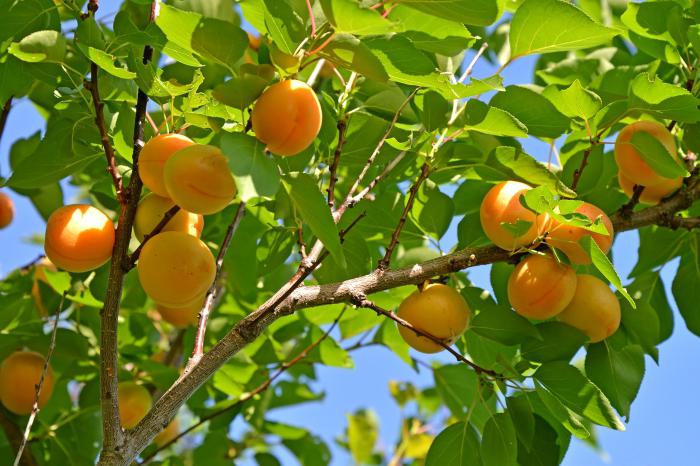

Bouquet branches and spurs for 3-5 years bear tasty fruits, the pulp of which is juicy and aromatic. The crown of the apricot is branched, with long, thick, flexible branches. In young trees, it has a pyramidal shape. And in old plants it is rounded. When the crown is thickened, the tree lacks light, which leads to the drying out of the branches and their death. This reduces the yield and taste of the fruit. Pruning apricots in the fall will improve the situation. And the tree will delight you with its delicious fruits for many years to come.
Instrument preparation
High-quality pruning of apricot trees is impossible without the appropriate equipment.All tools must be well sharpened. To keep your garden knife sharp, you need to use a wet block that removes sawdust very well. Dull pruning shears should be disassembled before use to sharpen the cutting blade. After collection, the tool must be checked for operability. You can adjust the secateurs through the tension nut: if the grip is too tight, then it is loosened, if it is free, it is tightened.
For the care of the apricot tree you need to have the following tools:


- Special grafting knife.
- Pruner.
- Sharpening block.
- Cutting putty (for example, garden pitch).
- Strong twine to support branches and shoots.
Important!
Before using a garden saw, its teeth must be spread in opposite directions (alternating their tilt to the left and right). In this case, all sharp parts should be directed inward. Tools must be thoroughly disinfected to protect the tree from pests and diseases.
Proven scheme for beginners
Already in the second year of the life of a young tree, the gardener should begin the planned removal of branches. By specialists a unique pruning scheme was developedthat even beginners can handle:
- You need to cut off a third of the entire length of the branches.
- Framed shoots that support the shape of the crown should be adjusted to maintain an optimal tree shape. Incorrectly grown shoots are subject to removal.
- Frame fruiting branches are cut neatly, their length should be between 50-60 cm.
- Dried and diseased shoots must be completely removed. Places of cuts should be treated with a special protective compound. The next year, young shoots will grow in their place.
- If the main branches contain more than 15 leaves, then pinching (pinching the tops) can be done so that the tree actively grows in width, and not in height.
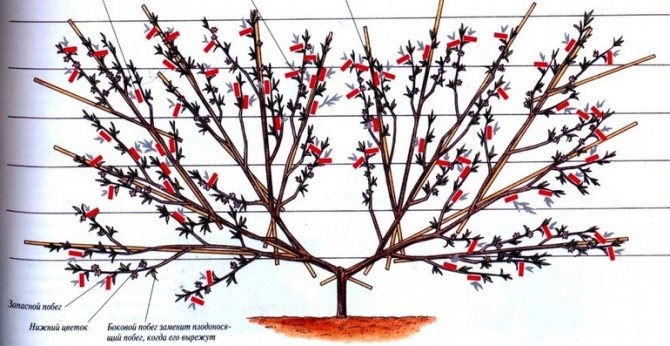

Pests
Apricot is not susceptible to pest infestation. At the slightest suspicion of their appearance, it is enough to loosen the ground around the tree and put a hunting belt on the trunk. Pest pupae usually hibernate under the belt or in cracks in the trunk. Therefore, in the spring, the belt is removed and burned, and the earth is loosened. The larvae have a peculiarity: if you move them, they immediately die. To protect the apricot from pests, frostbites and sunburns in the fall, the trunk and skeletal branches are whitewashed with lime mixed with copper sulfate.
Crown formation
To regularly get a high-quality harvest of apricots, you need to properly cut off excess branches. Autumn crown formation is aimed at creating optimal conditions for the tree for an even distribution of nutrients. The grower should monitor the growth of the apricot's central stem and the placement of the skeletal branches. Do not overdo it with shortening young shoots until the tree finally gets stronger. When the growth of greenery exceeds 40 cm, it's time to form the crown.
For fruit crops, experienced gardeners choose discharged-tiered pruning. 7-10 main branches should be formed on the tree, located at a distance of 40 cm. In rare cases, original apricots with a cupped or flattened crown can be found in gardens. All branches are placed in a single order.
Scheme of pruning an apricot tree for the formation of a discharged-tiered crown looks like that:
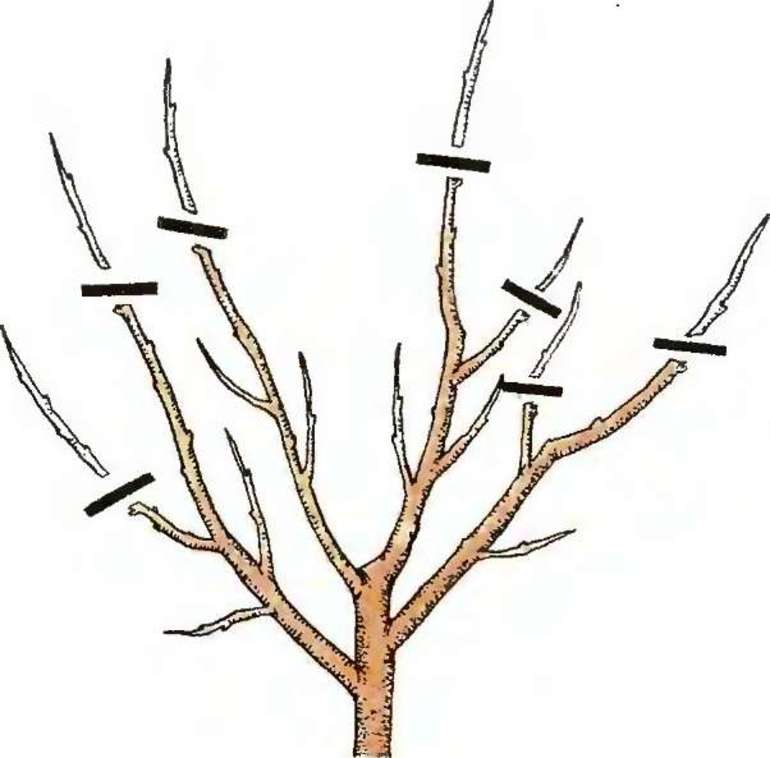

- Already in the first year after planting the seedling, you need to shorten the trunk by a fourth. The tree must be left with two main branches, which must be spaced 30 cm apart. All other shoots are removed under the ring. After all these manipulations, the branches are shortened so that the trunk is 40 cm higher.
- The next fall, the two most powerful shoots are shortened slightly. To form the second tier of branches, you need to increase the central trunk by 40-50 cm.
- In the third year of the tree's life, you need to shorten the new branches on the apricot at the base. The distance between the branches should be increased by 15 cm.
- All shoots on the central conductor are of a formative nature. If the length of the branches exceeds 60 cm, then they are shortened by half. Do not touch short twigs. When one of the shoots has grown above the trunk, then it must be left, and the trunk itself is removed under the ring.
- If the gardener sees that there are side branches with 10 or more leaves on the apricot, but they are weakened, then they need to be pinched. This procedure can be repeated until they are firm and horizontal. Later, such branches will become part of the fruiting part of the crown.
If the area of the site is limited, you can apply the flattening method. As the apricot grows, the grower leaves only the seven largest skeletal branches at a distance that will be suitable for the territory. The advantage of this crown is that the fruiting period will begin much earlier. It is worth noting that an old tree of a flattened shape will give low yields of poor quality.
Mistakes that gardeners make
During the procedure, many gardeners make a number of mistakes and harm the apricot tree.
- An insufficiently sharp tool is used, from the use of which jags and burrs remain on the surface of the saw cut. As a result, the wood begins to rot.
- The priority of longlines is ignored; as a result, the yield is noticeably reduced.
- The recommended time frames for the procedure are not taken into account. Pruning too early is the reason for long recovery and low immunity to temperature fluctuations.
- When forming the crown, they exceed the required height of the lower tier. This greatly complicates the harvesting process due to the fact that the fruits are located at a distance of about 2 meters from the ground.
- The branches are not cut in a ring. The location of the cut close to the main trunk is fraught with the formation of a hollow and further decay of the tree from the inside.
Tree care
Experienced gardeners know that the restoration of apricots after planned pruning is directly dependent on subsequent care. Only a set of measures can protect a tree from damage by bacteria and pests. After removing unnecessary branches, the grower must perform a series of actions:
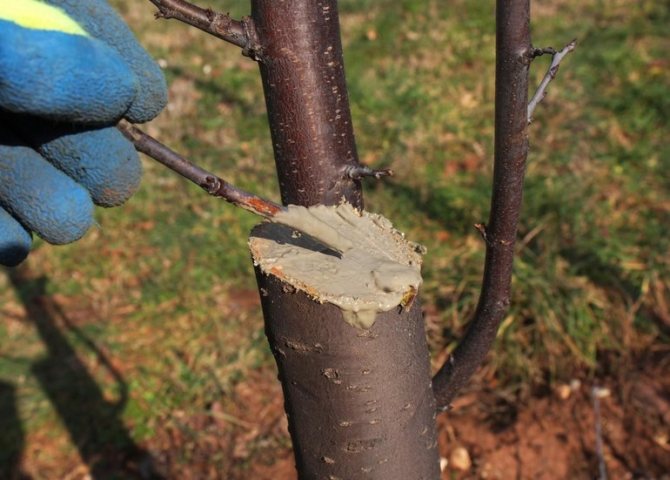

- All fresh cuts and wounds should be treated with a high-quality varnish. This tool promotes the early overgrowing of damaged areas, so that bacteria and dirt do not get into them. If garden varnish is not available, regular paint can be used.
- If there are larger sections on the trunk, then they can be disinfected with a solution of copper sulfate. And after that, apply garden varnish or paint.
- The earliest recovery of the tree is noted after it has been fertilized with nitrogen or phosphorus fertilizers.
Of course, it may seem to novice gardeners that the pruning process and subsequent care are rather complicated procedures. However, if you adhere to all the recommendations, they will not be difficult, and the tree will delight you with abundant harvests.
Diseases
Apricot is susceptible to fungal diseases. The most common of these is moniliosis. It develops in foggy, damp weather and infects the tree during flowering. Flowers, leaves and young shoots wither, turn brown and dry out. On ripe fruits affected by the fungus, a gray bloom appears, they begin to rot, but do not fall off. This disease is the source of infection for the tree next year, if it is not treated. In order to prevent an outbreak of moniliosis, in early spring, until the buds bloom, you need to spray the trees and cut off each branch below the border of infection and burn. Pruning apricots in the fall will completely rid the tree of the disease, and it will overwinter more easily.
Rejuvenating old apricot
If the gardener took care of the tree incorrectly, then after five years the growth of new shoots will stop. But the apricot has a good regenerative function - one rejuvenating pruning is enough for it to resume the growth of branches. With the arrival of autumn, the gardener must adhere to two basic rules:
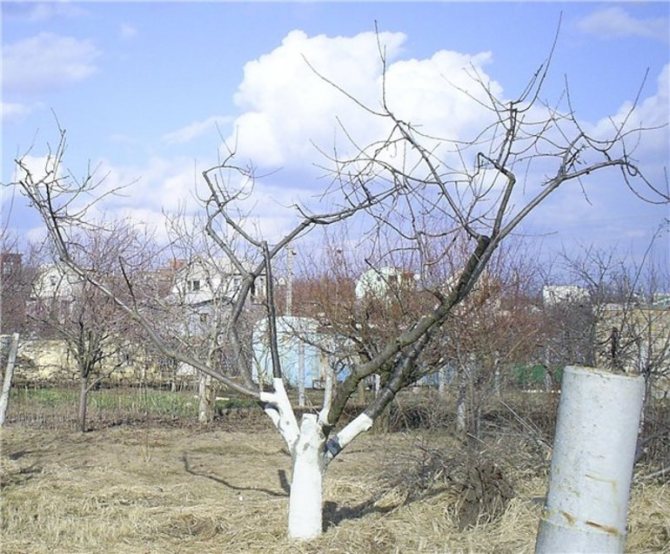

- Identify the oldest branches or those that have already ceased to bear fruit. It is forbidden to delete all unnecessary shoots at once. For work you need to use a sharp saw.
- Among all the variety of branches, you need to find the youngest. All shoots growing in a chaotic manner are cut down.
After such pruning, all nutrients will be directed to the development of the remaining branches and the formation of a good ovary. It is worth noting that old wood is not immediately cut off, as this can provoke the death of the apricot.
Beneficial features
Apricot is appreciated for the beneficial properties of the fruit, the use of which increases the body's resistance to various diseases. It improves memory, activates the brain, heart and kidneys. Helps with overweight problems, supports cancer patients.
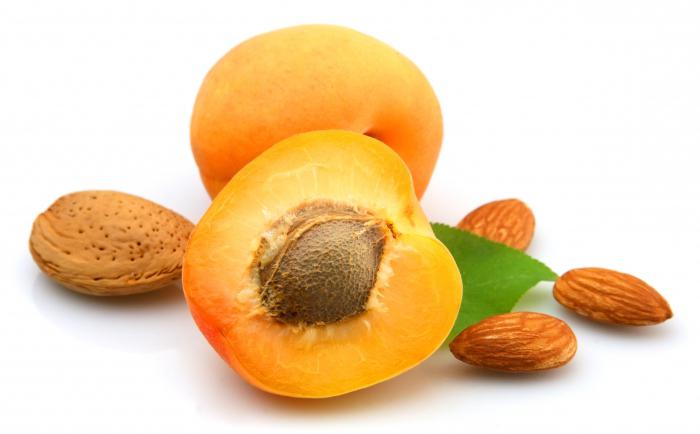

The use of fruits is recommended for patients with hypertension and anemia. Infusions and decoctions of dried apricots have a bactericidal and diuretic effect, relieve swelling. The seeds of the fruit are used to treat bronchitis, asthma, tracheitis, laryngitis, and oil is produced from them. Apricot juice normalizes bowel function.

